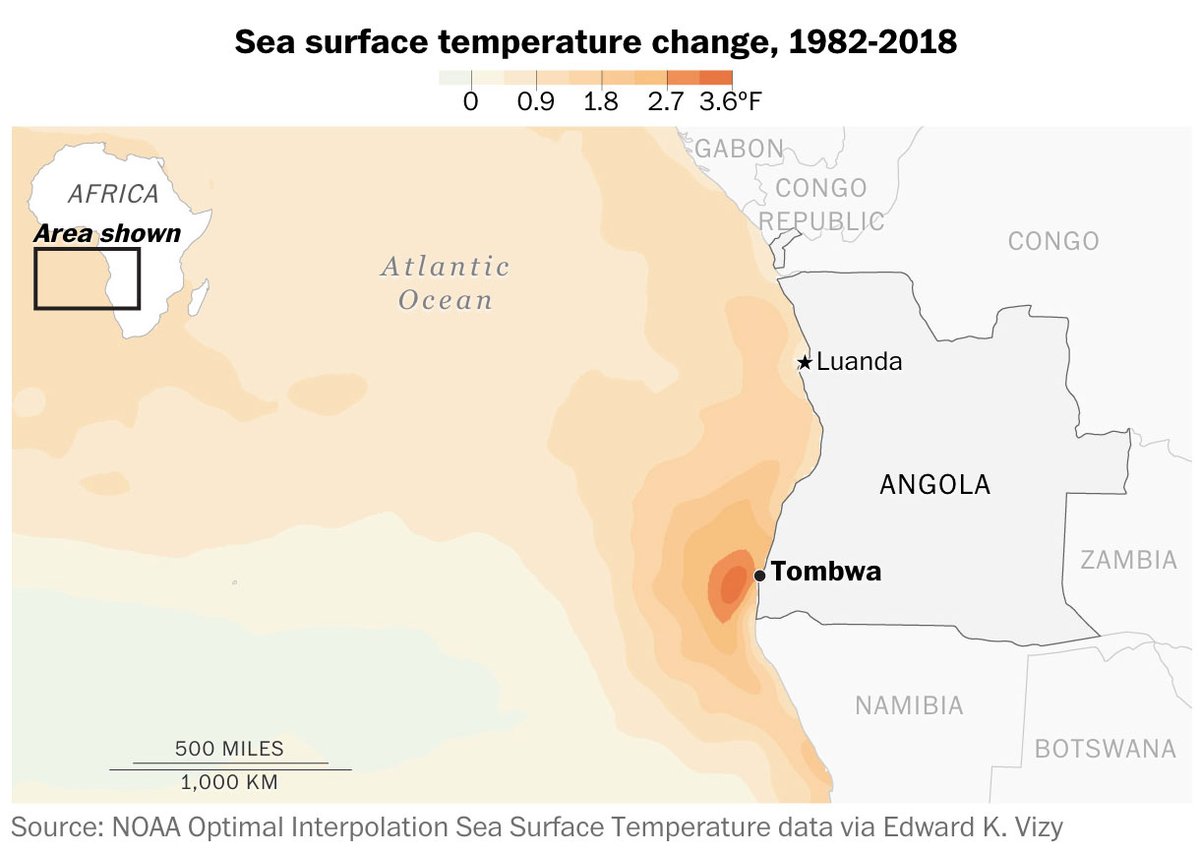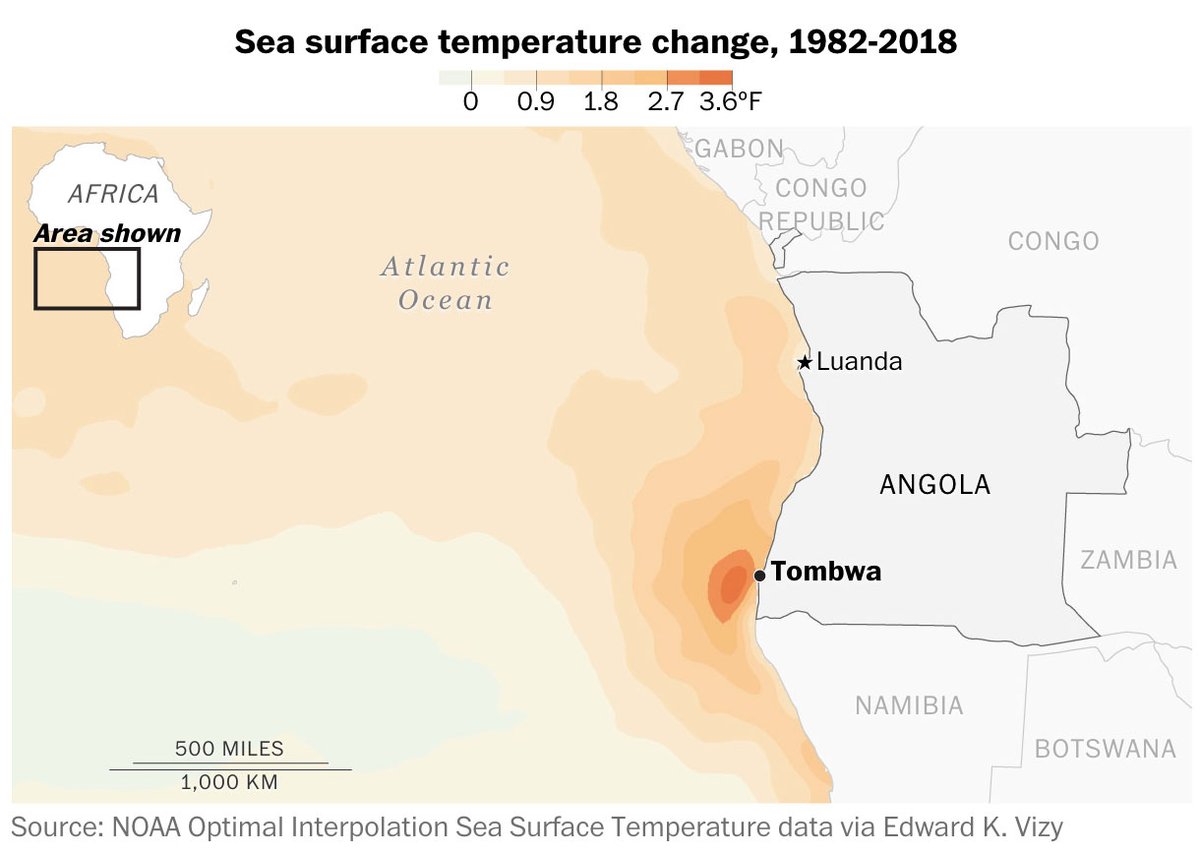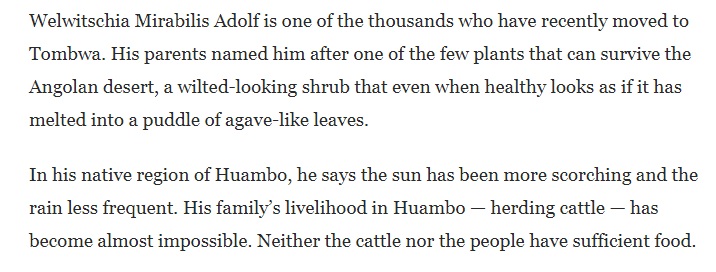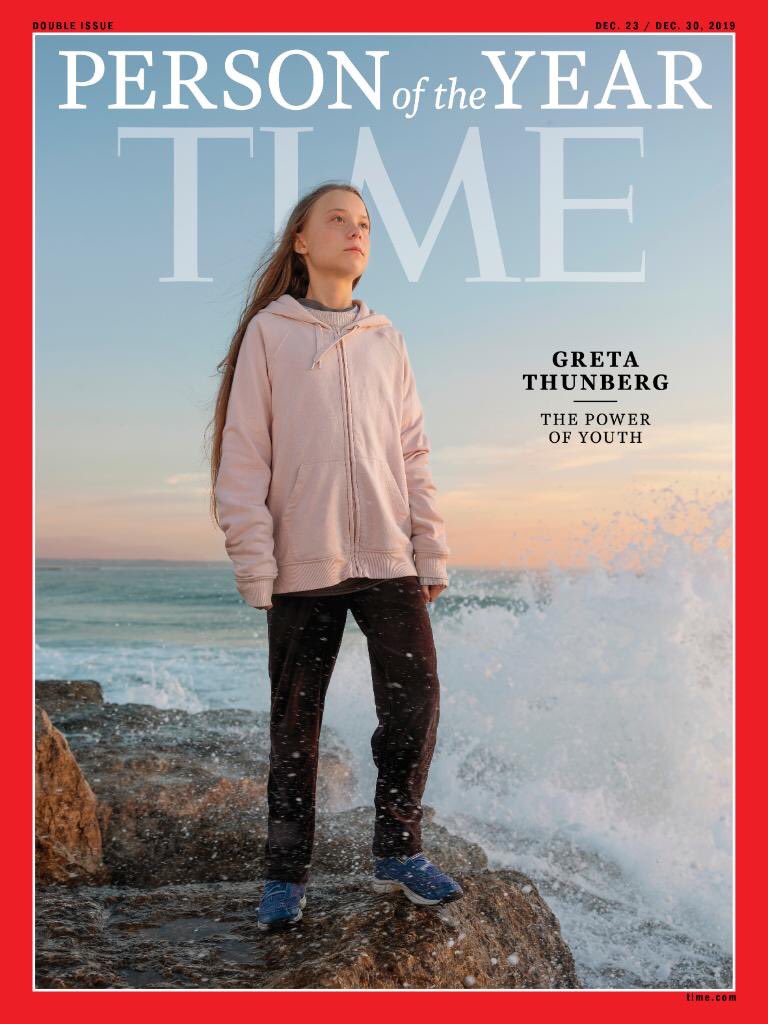washingtonpost.com/graphics/2019/…


link.springer.com/article/10.100…
sciencedirect.com/science/articl…
onlinelibrary.wiley.com/doi/full/10.11…




Keep Current with Chris Mooney
This Thread may be Removed Anytime!
Twitter may remove this content at anytime, convert it as a PDF, save and print for later use!

1) Follow Thread Reader App on Twitter so you can easily mention us!
2) Go to a Twitter thread (series of Tweets by the same owner) and mention us with a keyword "unroll"
@threadreaderapp unroll
You can practice here first or read more on our help page!



